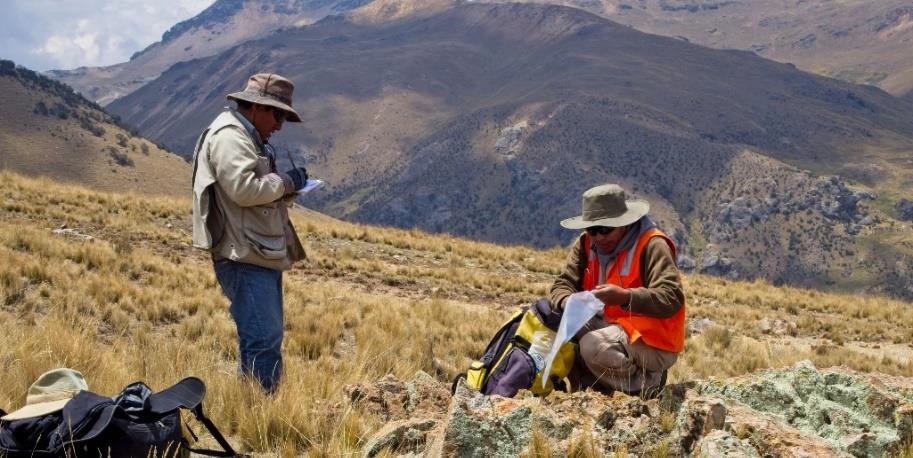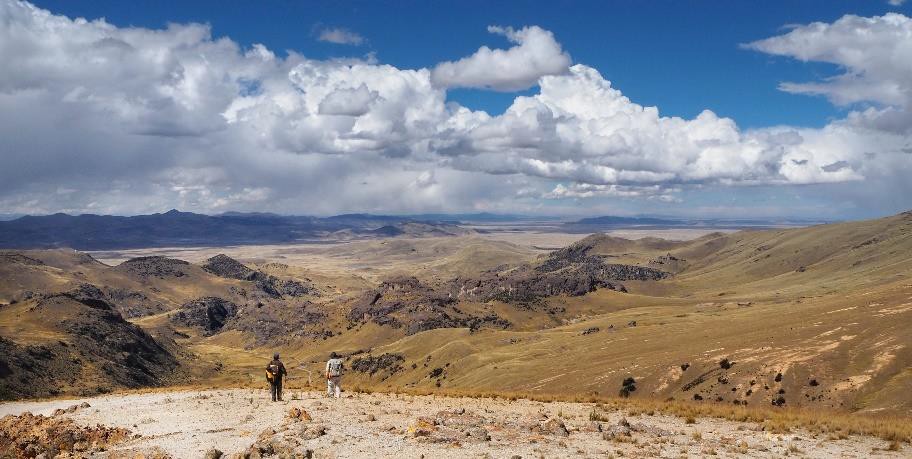The General Mining Law of Peru defines and regulates different stages of mining activities ranging from sampling and prospecting, to development, mining, and processing. The General Mining Law of Peru was changed in the mid-1990’s to foster the development of the country’s mineral resources. The law further defines and regulates different categories of mining activities according to the stage of development (prospecting, exploitation, processing, and marketing).
The Peruvian State does not have free carry rights or options to acquire shareholdings in mining companies. There are no requirements for participation in ownership of mining rights by indigenous persons, groups or entities. Titles over mineral claims are controlled by the Institute of Geology, Mining and Metallurgy (“INGEMMET”). The current status of any mining right can be verified by accessing INGEMMET’s nationwide online concessions database at https://geocatmin.ingemmet.gob.pe/geocatmin/
Mining concessions in Peru are valid for both exploration and mining activities.








